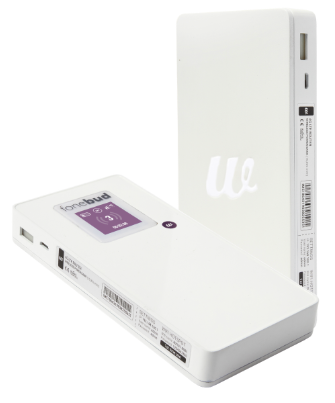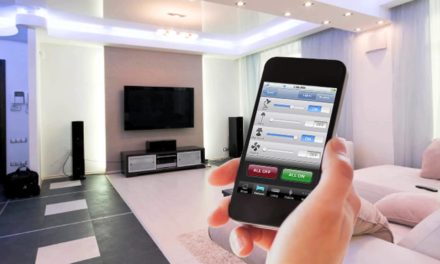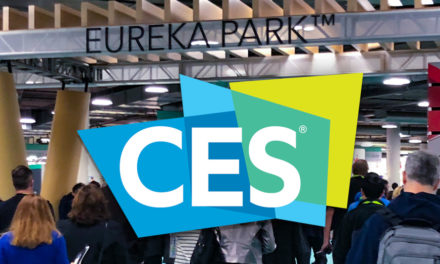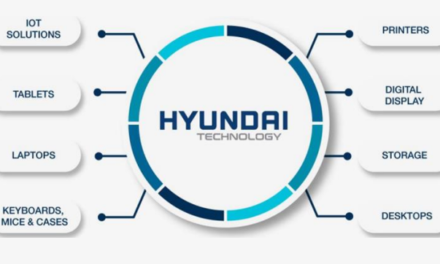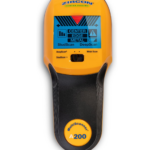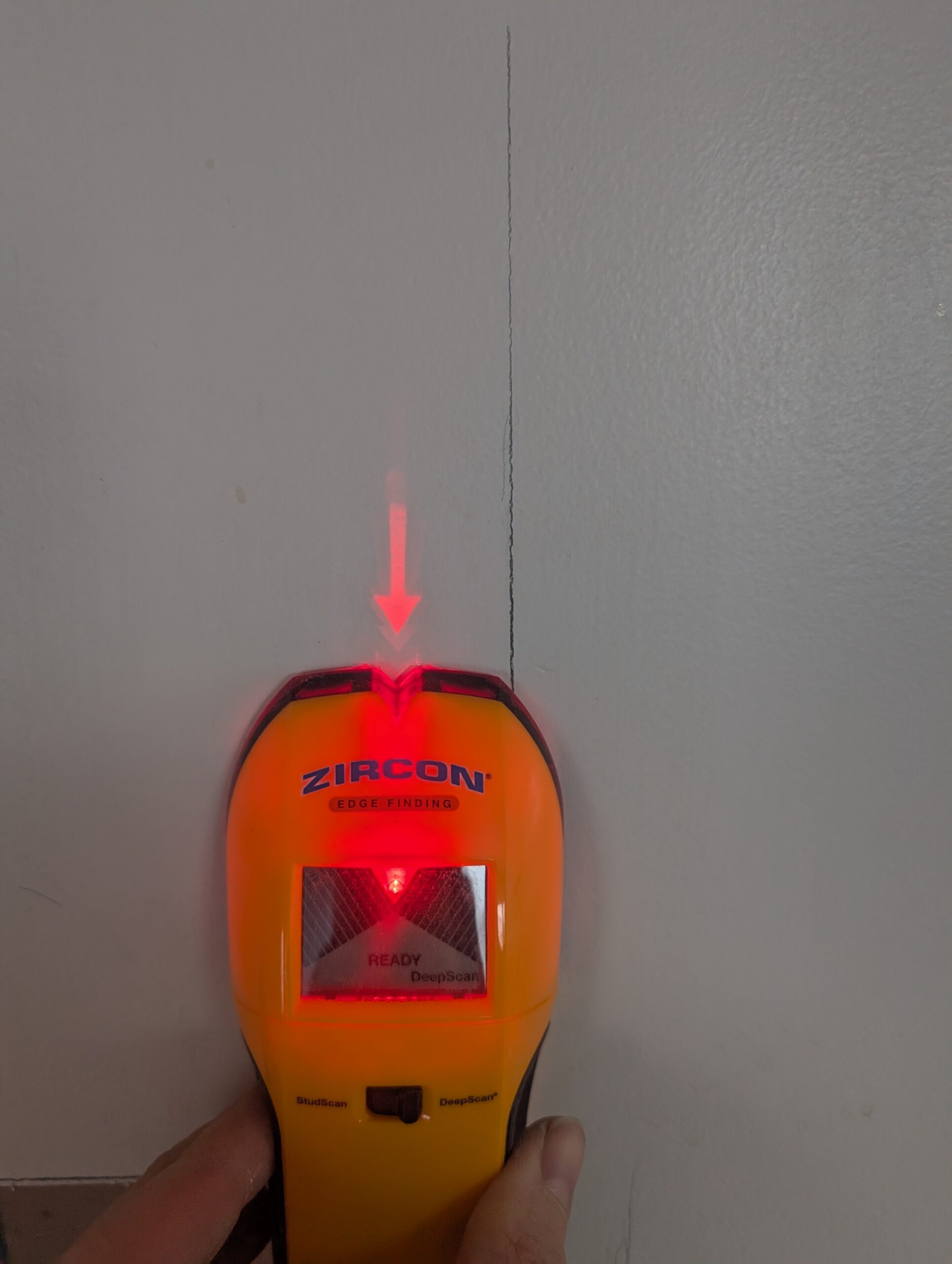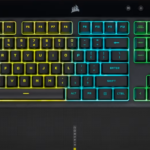We all use the internet. All of us (you can’t deny it, don’t even try). When we are away from our precious internet, things are already in a bad place. The world is passing us by, loved ones are possibly out of reach (if they aren’t with you).
There are a number of data cards out there that promise internet connection where ever you may roam, some exclusions apply. I had the privilege to utilize one of these tools on an international trip to check how well it works when service isn’t an option.
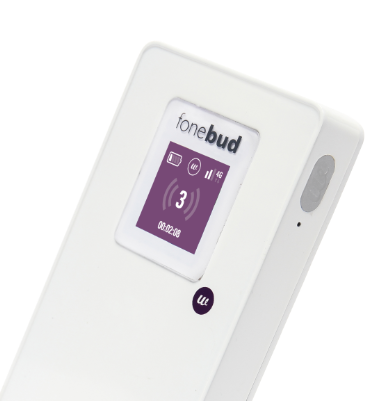 I chose the fonebud. It is an international internet connection, a battery and a buddy all in one. The destination was Philippines with multiple stops to check the real deal on the connection capabilities and get a little sight seeing in while putting myself through these arduous tests.
I chose the fonebud. It is an international internet connection, a battery and a buddy all in one. The destination was Philippines with multiple stops to check the real deal on the connection capabilities and get a little sight seeing in while putting myself through these arduous tests.
First stop was the island of Siquijor. This small island was a delightful place to frolic and play, but was not so kind for internet service. I was unable to get a connection at any point while in Siquijor from my fonebud. I actually got very little internet connections from anywhere on the island so it may not entirely be fonebud’s fault but their site also doesn’t show where service works and doesn’t. The company partners with different phone carriers in different regions. If there is no normal cell coverage than it looks like i’m not getting any coverage either.
The next stop was Midsayap. This is a small town off the beaten path but a delightful place if you ever get the chance. So how was my connection while I was there. Inside the city proper I was able to get a reliable connection that worked very well. Quick speeds for video messages and any internet usage I needed. I didn’t attempt any 4K video downloads due to data limitations which we will review below. Once I left the main city limits to go out for a hike or even some of the close by farm areas I lost my connection. It seems like it was only available in the main city limits and that’s it.
The last stop on my journey was Davao. This is a much more industrialized area and it was very clear. Every place I went had a great connection. Inner city, mountains, and beach front locations. I had no interruption of service at any point while in the Davao area.
So, for the service side of the connection i’d rate this with 68 galactigiggles out of 100. The issue I have is you have no idea if it is going to work or not. Unless they tell you what carrier you use in what country you won’t know if you will get coverage or not. This makes it a pretty risky option if you plan to have coverage and don’t.
Let’s look at the cost and usability of the device. For the Philippines I got a 3 GB plan for $39 and was able to survive on that with minimal Wi-Fi usage over the course of 2 weeks. If I was able to connect in Siquijor I’m sure I would have needed more data than the 3GB but that’s a different story for a different day. The simplicity of activation made for a delightful experience, you download the application on your phone and sync it to the fonebud. When you show up to any location, you simply turn on the fonebud and it detects where you are and connects to your plan.
So for $39 I was able to stay connected to family and friends for the 2 weeks I was out of the country, which when you leave your wife behind, internet connection is mandatory. Pricing changes depending on the country and amount of data that your using. It is good for 90 days usually but there are some data plans available for 1 year and there are sales that happen from time to time on that data. Was it worth it? was it worth the money and was it worth the varying connection?
Yes. absolutely. Travel can cost hundreds or even thousands of dollars. To ensure, or even up the odds of having an internet connection makes it totally worth having. Even though the connection was limited; the rest of the device and the simple cost structure makes this a device that I won’t leave the country without. There are more of these coming to the market and we would love to compare them once we get our hands on them. Until then we give the fonebud a galactigiggle score of 88 out of 100.

